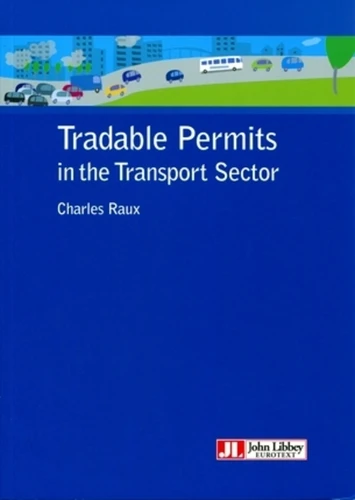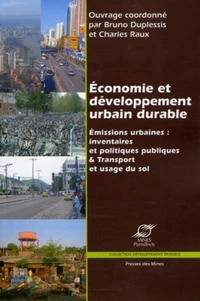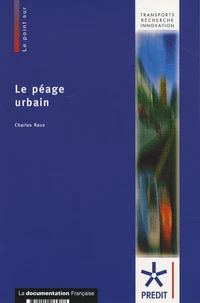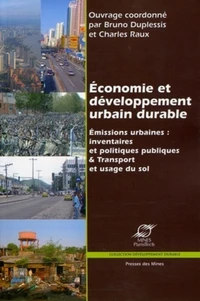Tradable Permits in the Transport Sector
Par :Formats :
- Paiement en ligne :
- Livraison à domicile ou en point Mondial Relay indisponible
- Retrait Click and Collect en magasin gratuit
- Réservation en ligne avec paiement en magasin :
- Indisponible pour réserver et payer en magasin
- Nombre de pages66
- PrésentationBroché
- Poids0.168 kg
- Dimensions17,0 cm × 24,0 cm × 0,5 cm
- ISBN978-2-7420-0794-3
- EAN9782742007943
- Date de parution01/01/2011
- ÉditeurJohn Libbey Eurotext
- TraducteurKevin Riley
Résumé
Marketable permits (or quotas) for emissions of pollutants have proven their effectiveness in controlling sulfur dioxide emissions by U.S. power plants, or for the rapid elimination of lead in gasoline in the 80 in the USA. With regard to greenhouse gas emissions, the European Emission Trading Scheme on stationary installations has been operational since 2005. Is this type of instrument applicable to transportation, considering the nuisances they generate (congestion, noise, air pollution, greenhouse gas emissions)? This book introduces the concept of marketable permits and analyzes their relevance for the various nuisances of transportation.
It presents some examples of applications and reviews a number of proposals. Potential application areas are identified, with particular developments as regards C02 emissions from transport.
It presents some examples of applications and reviews a number of proposals. Potential application areas are identified, with particular developments as regards C02 emissions from transport.
Marketable permits (or quotas) for emissions of pollutants have proven their effectiveness in controlling sulfur dioxide emissions by U.S. power plants, or for the rapid elimination of lead in gasoline in the 80 in the USA. With regard to greenhouse gas emissions, the European Emission Trading Scheme on stationary installations has been operational since 2005. Is this type of instrument applicable to transportation, considering the nuisances they generate (congestion, noise, air pollution, greenhouse gas emissions)? This book introduces the concept of marketable permits and analyzes their relevance for the various nuisances of transportation.
It presents some examples of applications and reviews a number of proposals. Potential application areas are identified, with particular developments as regards C02 emissions from transport.
It presents some examples of applications and reviews a number of proposals. Potential application areas are identified, with particular developments as regards C02 emissions from transport.




